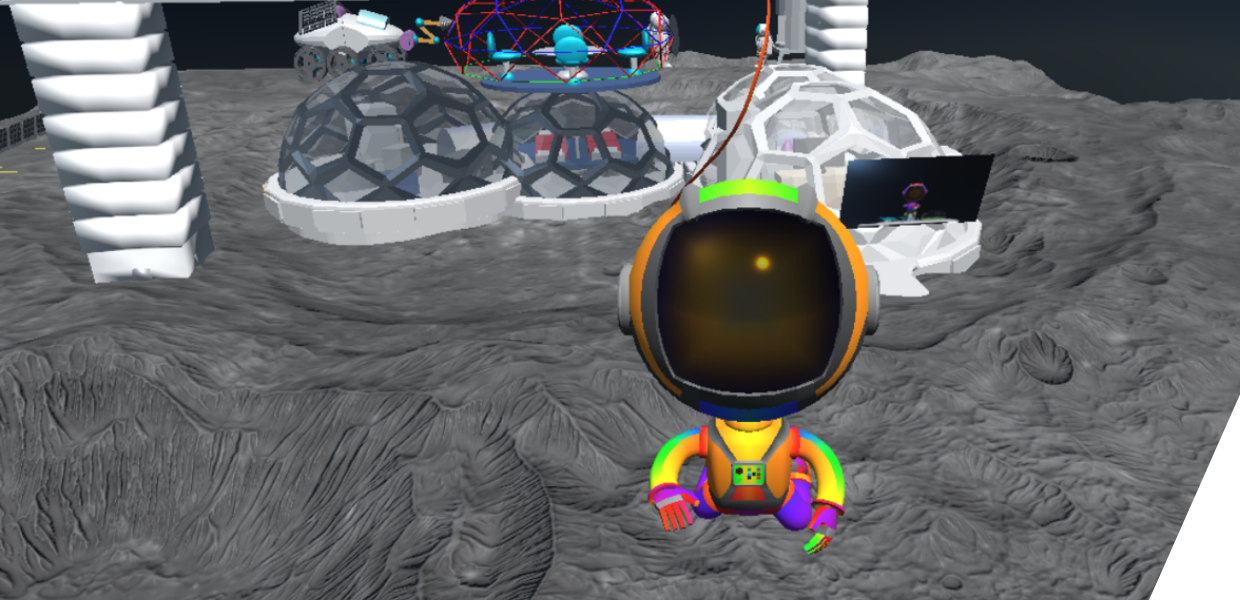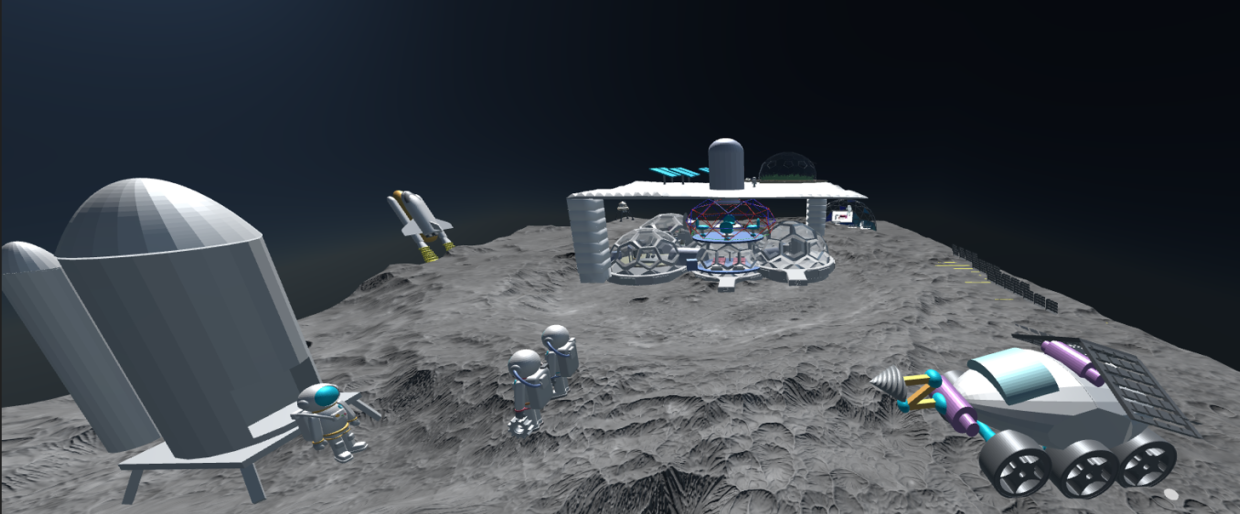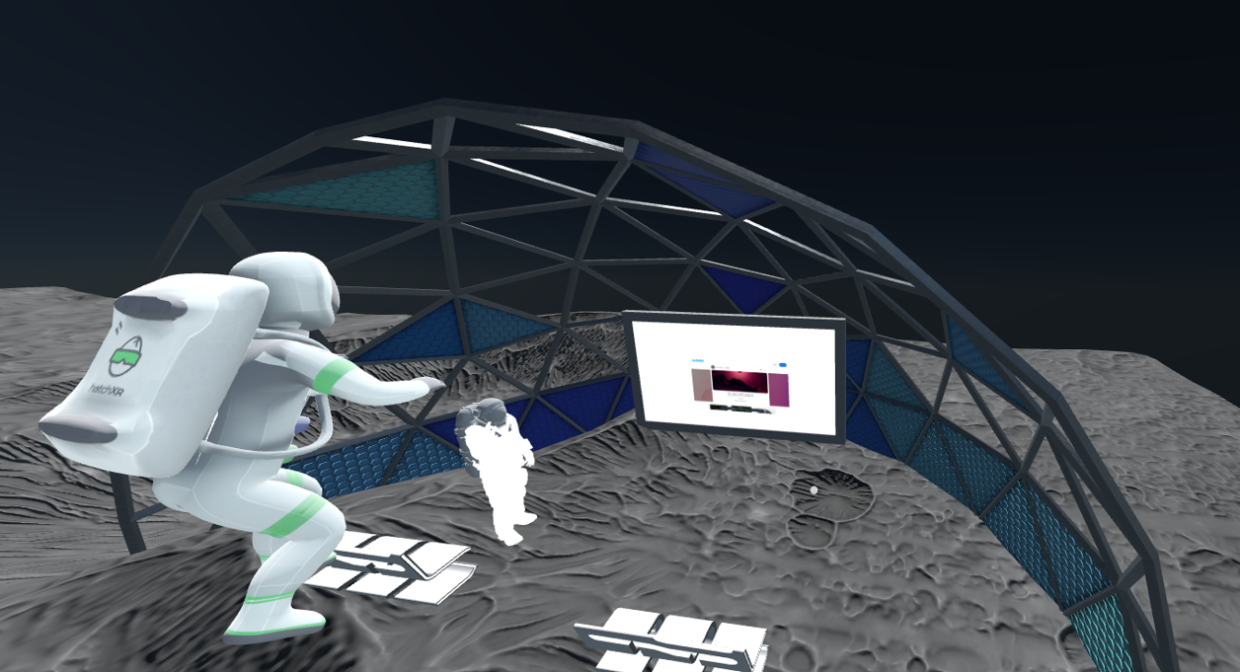Congratulations on your success in Built with Bits! Can you tell us about your institution?
The Institute where I teach is the IC Pimentel Fonseca located in Pontecagnano (near the city of Salerno) in Southern Italy. It is a comprehensive Institute with a Kindergarten, Primary and Secondary Lower school. It is a school with a technological vocation, equipped with 3.0 classrooms (which have flexible spaces and tablets for each student) and digital boards that allow digitally augmented teaching experiments. I am a Technology Teacher at the Secondary Lower School and I teach students aged between 11-13 years.
Why did you apply to take part in Built with Bits?
As an ambassador of Scientix I had the opportunity to know and appreciate the Europeana Foundation. When I read about the Built with Bits programme in August 2022, I decided to sign up. Firstly, to have new training (mentoring) on immersive technologies; secondly, for the opportunity to experience a new learning path with my students; and finally to participate in a challenge. The use of immersive technologies, which is now often part of the social life of students, was a strong motivation for involvement.
Tell us about your winning entry!
My students were literally overtaken by the emotion of this exceptional victory. For them, participating had already meant winning, as we had managed to complete a structured and complex work. But on the day of the final ceremony, when we had the virtual experience of participating in a Europeana event in several languages, and realised that our project ‘Living on my Moon 2021-22 Sustainability 4 Future’ was ‘the best Europeana project’, we exclaimed and rejoiced for this extraordinary experience together with our entire educational community.
Our learning path concerns future sustainability on the Moon. It is structured for students of middle school (12-13 years old). They imagined future life on the Moon and the correct behaviour for the use of water, air, food and waste in their hypothetical future homes and vehicles. Students compared their knowledge about environmental sustainability on Earth and provided alternatives for the Moon. All students were involved in laboratory activity through design thinking. They worked cooperatively in groups to design sustainable 3D models of lunar cars and homes with online tools.
The project led us to explore the potential of immersive education using Mozilla Hubs, an open source tool designed to create virtual environments useful in collaborative processes (using digital cultural heritage to develop students' imagination). Mozilla Hubs is a learning environment where you can build with elements from countless internal toolboxes but also assemble other resources and 3D models built and remixed at school by students with other tools (Tinkercad, Cospaces, Minecraft, also Airbus and ESA resources). So in this learning scenario, students developed key skills, digital skills, and learned to use the Europeana website to develop content and search for references related to space and its sustainable elements.




